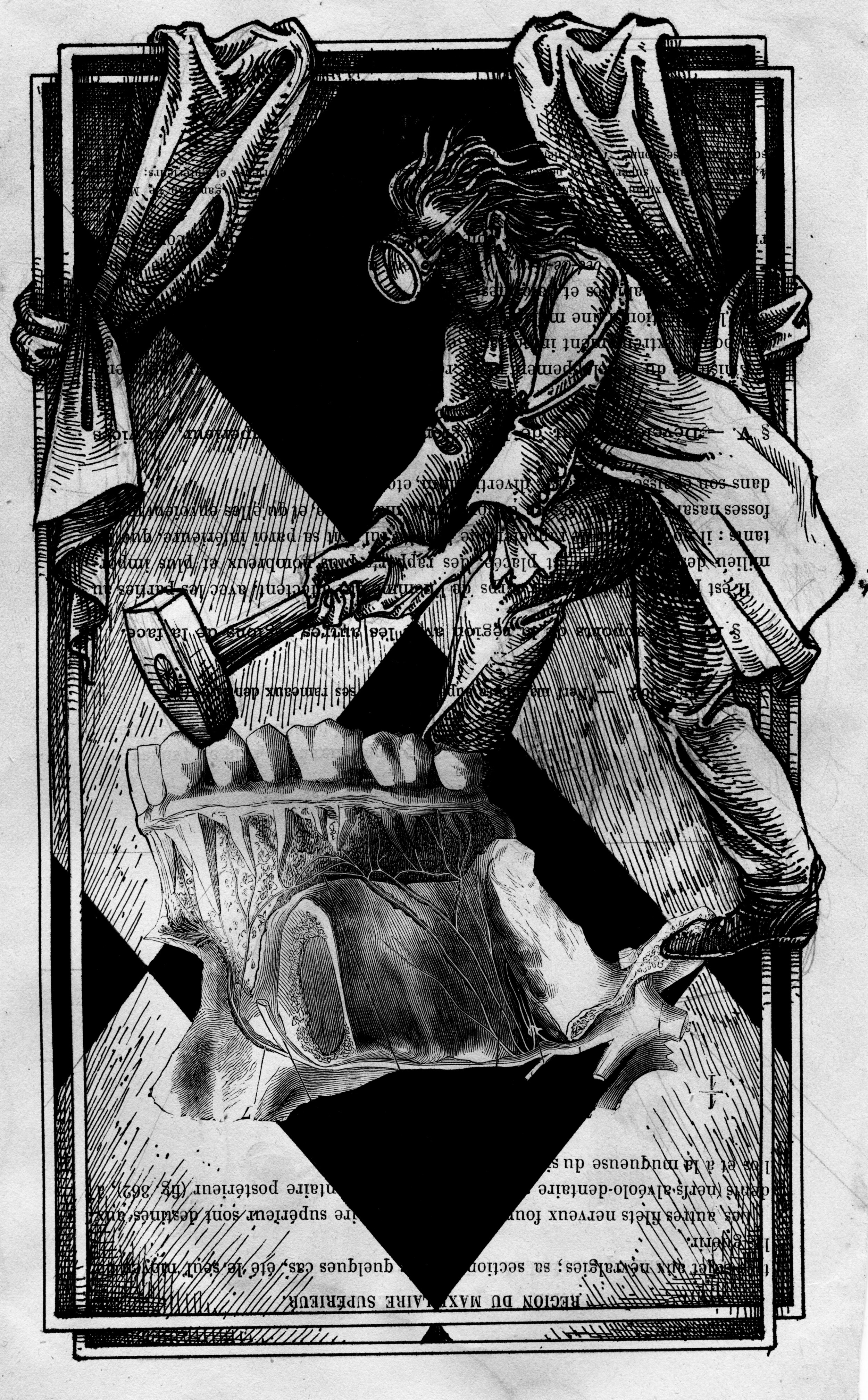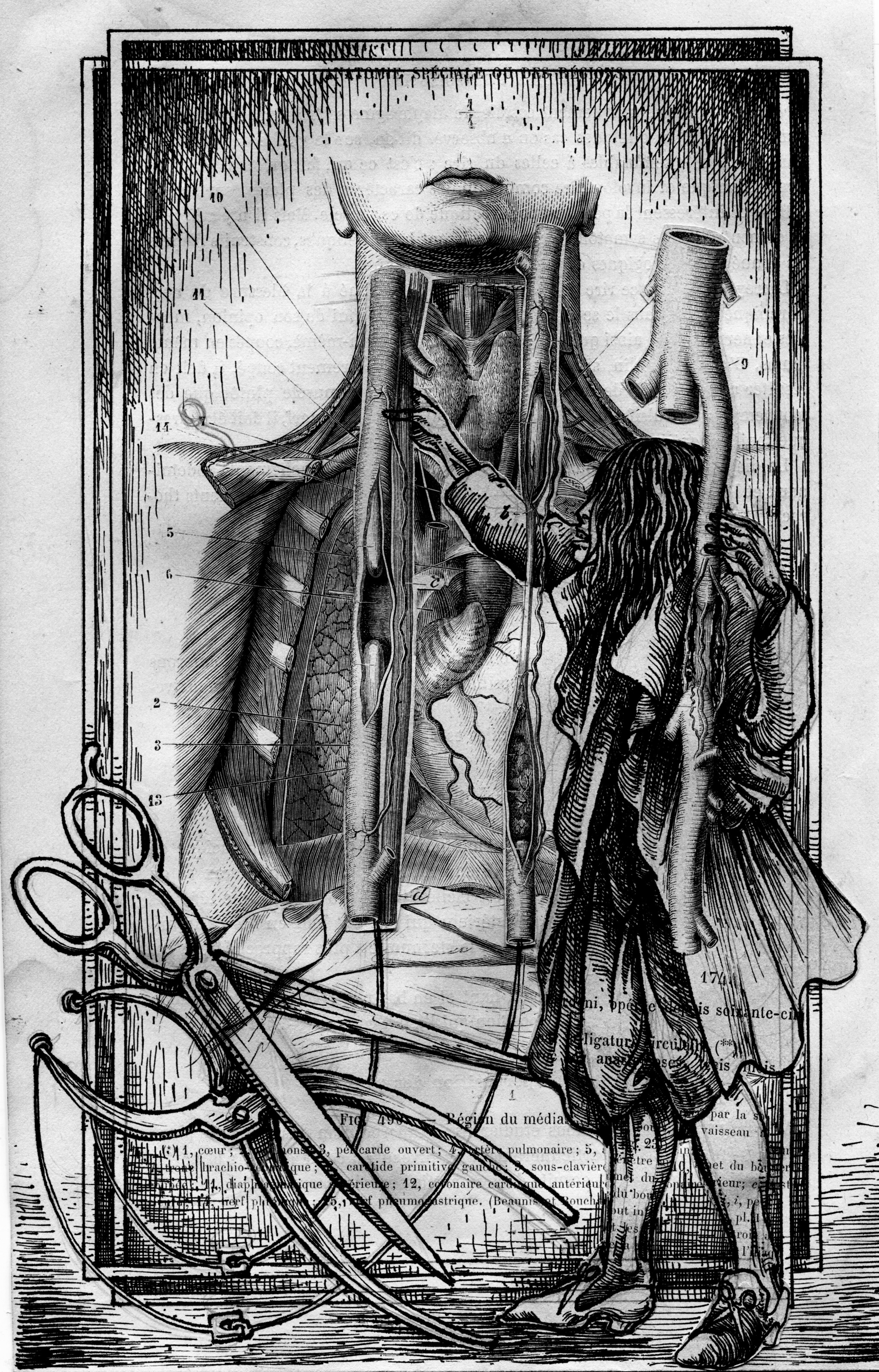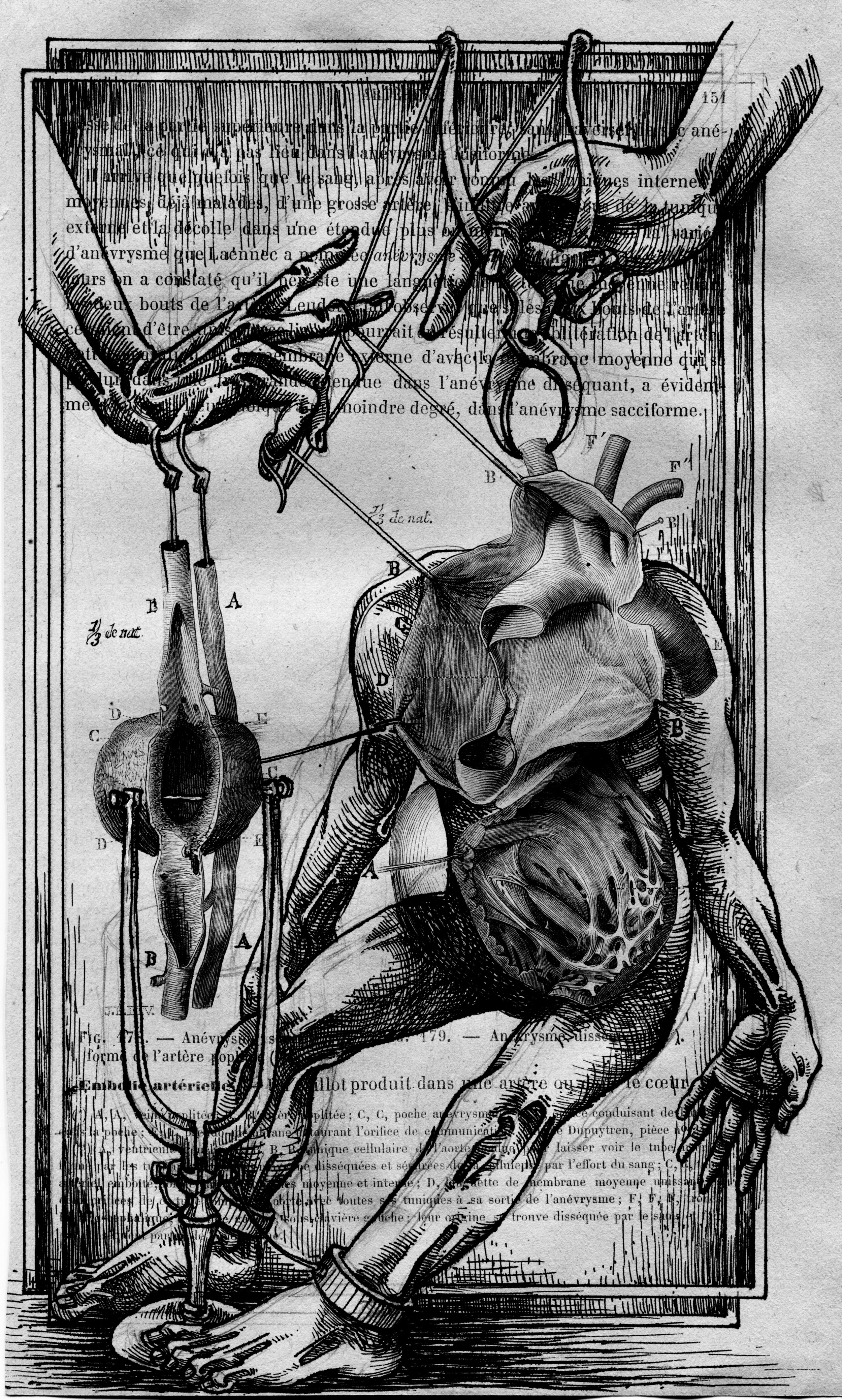Dear readers,
Now more than ever, the mission of Restless Books is clear: to expand our understanding of a world that seems narrower, to amplify voices that are suppressed or neglected, and to fight the trend toward isolating ourselves through publishing superb literature from around the globe. Our focus is not on publishing books with a specific message, but rather finding stories that express our trying times, that make us see things anew, that surprise and move us, that speak to our restlessness.
Here at Restless, we are about to make some important changes. Starting January 1, 2017, we will operate as a nonprofit. We believe this is the path that will ensure a sustainable future for Restless and allow us to focus even more single-mindedly on the impact we hope to make. Our mission remains the same, and we will continue our current projects as we expand into new terrain. Our Prize for New Immigrant Writing has been welcomed by readers and writers across the map, and we will continue to make immigration a special focus of our list by elevating sharp, culture-straddling writing that addresses American identity in a global age. Our personal-essay series The Face, in which a diverse group of writers offers perspectives on race, culture, identity, and the human experience as encoded in their faces, will expand as well, as will our series of Restless Classics. In particular, we’re proud to be publishing a new edition of the foundational work on race and sociology, The Souls of Black Folk by W. E. B. Du Bois, in February 2017 to honor Black History Month, which has never felt more essential. We will publish more Jewish literature from different parts of the globe. And in the coming months we will be bringing out astounding novels, journalism, memoirs, essays, and thrillers from the United Arab Emirates, Poland, Mexico, Brazil, Madagascar, Cuba, Albania, Chile, Iran, and Argentina.
In addition to all of this, we’re thrilled to be launching Yonder: Restless Books for Young Readers, a new imprint devoted to books from around the globe for children, middle graders, and young adults. We believe it is essential to teach our children to place themselves in the shoes of others who don’t look or speak like them, to instill in them a lifelong curiosity about the world and their place in it. Books have always been the best vehicles for education and empathy, and we’re energized about putting more of them, from more diverse places and storytellers, into the hands of our kids. Keep an eye out in the new year as we launch a crowdfunding campaign on Kickstarter to help start up Yonder.
Restless Books is fired up about the future. Let’s build it together.
—Ilan Stavans and the Restless team











